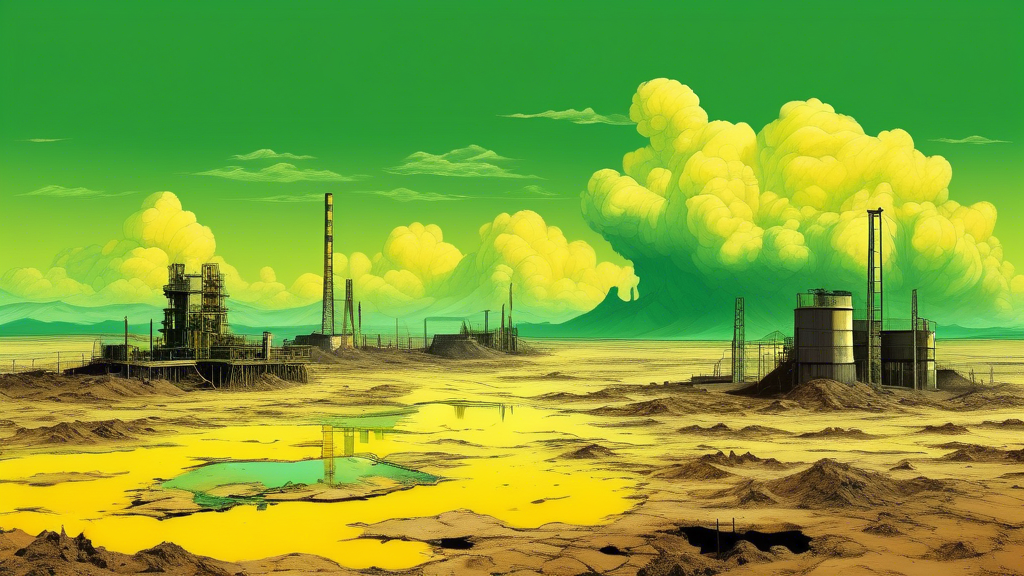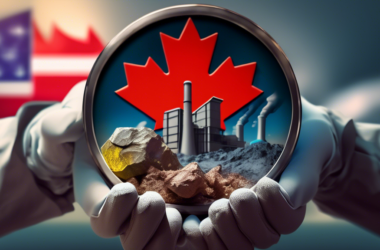Table of Contents Show
The Devastating Impact of Uranium Mining on the Environment
Uranium mining, while providing a crucial resource for nuclear energy and weapons, has a dark side that often goes unnoticed. The process of extracting uranium from the earth comes with a heavy environmental price tag, leaving behind a trail of destruction and contamination that can persist for generations.
Land Degradation and Habitat Destruction
One of the most visible consequences of uranium mining is the extensive damage it causes to the land. Large swaths of land are stripped bare, with vegetation and topsoil removed to access the uranium ore beneath. This process not only destroys the natural habitat of countless species but also leaves behind a barren, lifeless landscape that can take decades, if not centuries, to recover.
Water Pollution and Contamination
Uranium mining also poses a severe threat to water resources. The mining process often involves the use of harsh chemicals and generates large amounts of toxic waste, including heavy metals and radioactive materials. When not properly managed, these contaminants can leach into groundwater, rivers, and streams, poisoning the water supply for both humans and wildlife. The effects of this contamination can be far-reaching, impacting communities miles downstream from the mining site.
Air Pollution and Radon Exposure
The extraction and processing of uranium can release significant amounts of dust and particulate matter into the air, contributing to air pollution. Of particular concern is the release of radon, a radioactive gas that is a byproduct of uranium decay. Exposure to radon has been linked to an increased risk of lung cancer, posing a serious health threat to miners and nearby communities.
Long-Term Environmental Legacy
Perhaps the most troubling aspect of uranium mining is the long-term environmental legacy it leaves behind. Even after a mine is exhausted and abandoned, the contamination can persist for generations. Tailings, the waste material left over from the mining process, can continue to release toxic substances into the environment for hundreds, if not thousands, of years. This creates a burden for future generations, who will inherit the task of managing and mitigating the environmental damage caused by uranium mining.
As the world grapples with the challenges of energy production and environmental protection, it is crucial that we consider the true costs of uranium mining. While nuclear energy may offer a low-carbon alternative to fossil fuels, the environmental devastation caused by uranium extraction cannot be ignored. It is imperative that we develop more sustainable and responsible mining practices, invest in the development of alternative energy sources, and prioritize the restoration and protection of the natural world.










